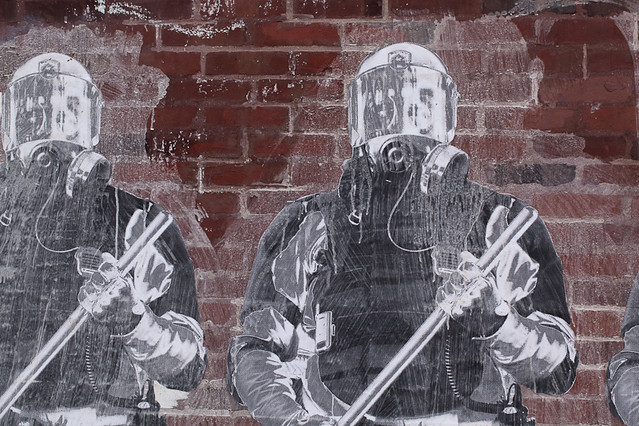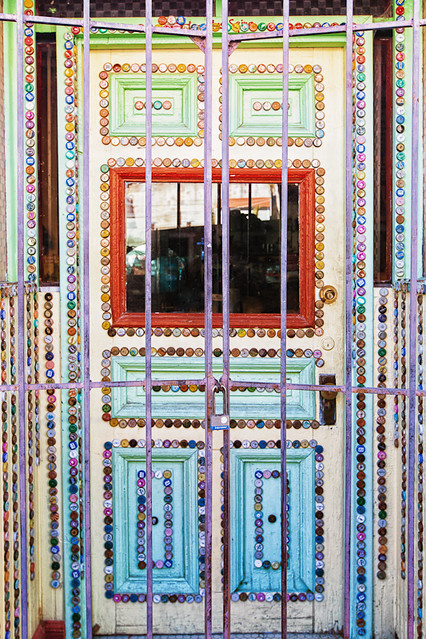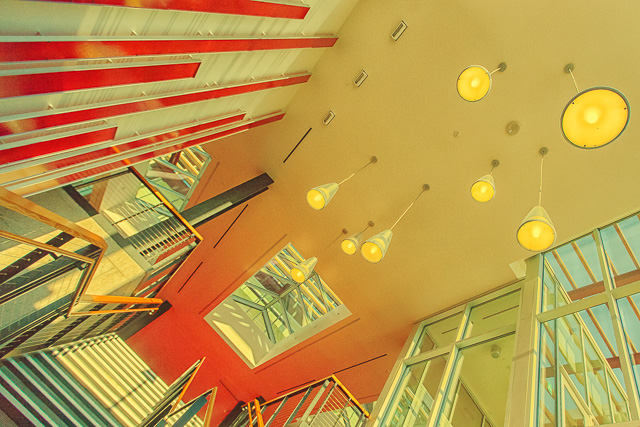“Our greatest glory is not in never failing, but in rising every time we fall.” ~ Confucius
(This post is the eighth in a series of my story, an intimate exploration of art and healing.)
So the greatest glory is not in never failing, it is in rising again — a hard lesson to learn, when time after time, I make the same mistakes. (It took me a long time to learn that the only real mistake in making a mistake is denying that you made it.)
A little voice in my head often tempted me:
“Oh, go ahead. You are doing great. You don’t need to go to bed this early, you’ll miss out on the fun. You don’t need to watch what you eat – it’s the holiday season, enjoy all those treats. You don’t need that tiny pill any more – nah, don’t check with your doc. And just maybe you don’t need to see that therapist any longer. Nah, you’re doing fine.”
Now I’m in a better state of mind, I nix those crazy ideas immediately. Those ideas are crazy ideas. They send out a red alert for me. Only a few years ago, I often fell into the trap. I’d believe them. I’d eat unhealthy foods or I’d stop eating altogether. I wouldn’t listen to the signals my body was sending, all those SOS alerts. Eventually I would crash and wonder why.
“Every day, think as you wake up today I am fortunate to be alive.
I have a precious human life, I am not going to waste it.” ~ Dalai Lama
One of the ways I’ve learned to not waste even one precious day is to follow a regimen of extreme self-care. Taking care of my body, my mind and my spirit is my first priority. Like the attendant who reminds all flight passengers to first put on their oxygen mask, I take care of myself so I am in a position to do my work, create art, help others.
Some days are easier than others. But each day is a gift, and every morning is an opportunity to consider how fortunate it is to be alive.











